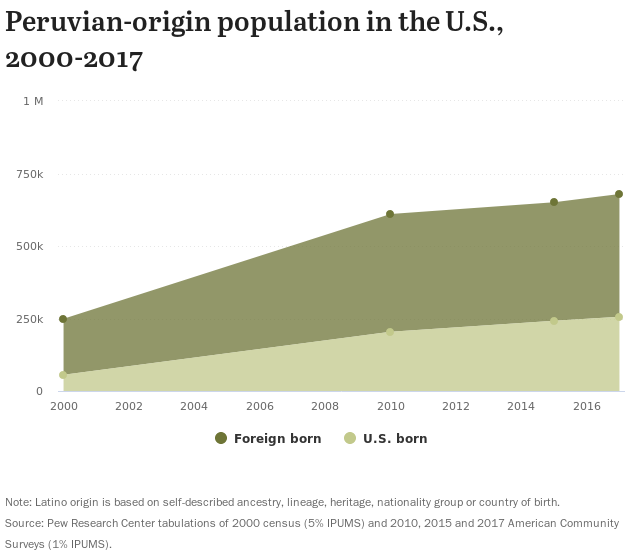
General Consulate in Paterson
100 Hamilton Plaza,
Paterson, NJ 07505
Phone: (973) 278-3324
Email: consulado@conpernj.org
Peruvian Embassy in USA
1700 Massachusetts Ave., N.W.
Washington, D.C.20036
Phone: (1-202) 8339860 to 8339869
Email1:comunica@embassyofperu.us
Email2:Webadmin@embassyofperu.us
USA Embassy in Peru
Av. La Encalada cdra. 17 s/n Surco,
Lima 33, Peru
Phone:(51-1)618-2000
Phone (visa inquiries):(51-1)709-7950
Email: lima_webmaster@state.gov
